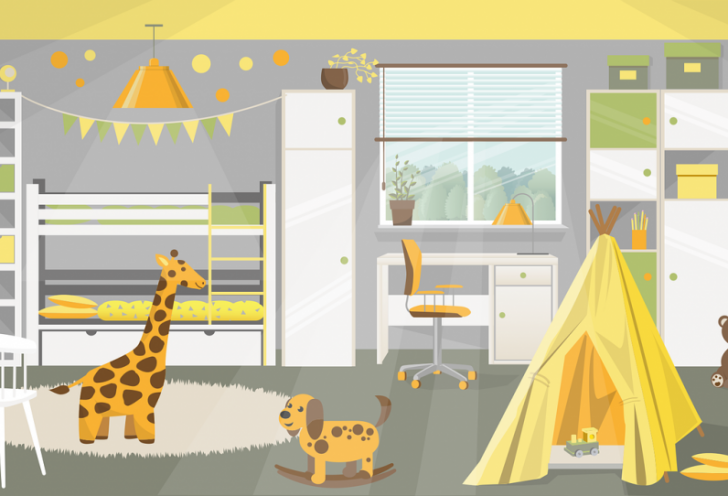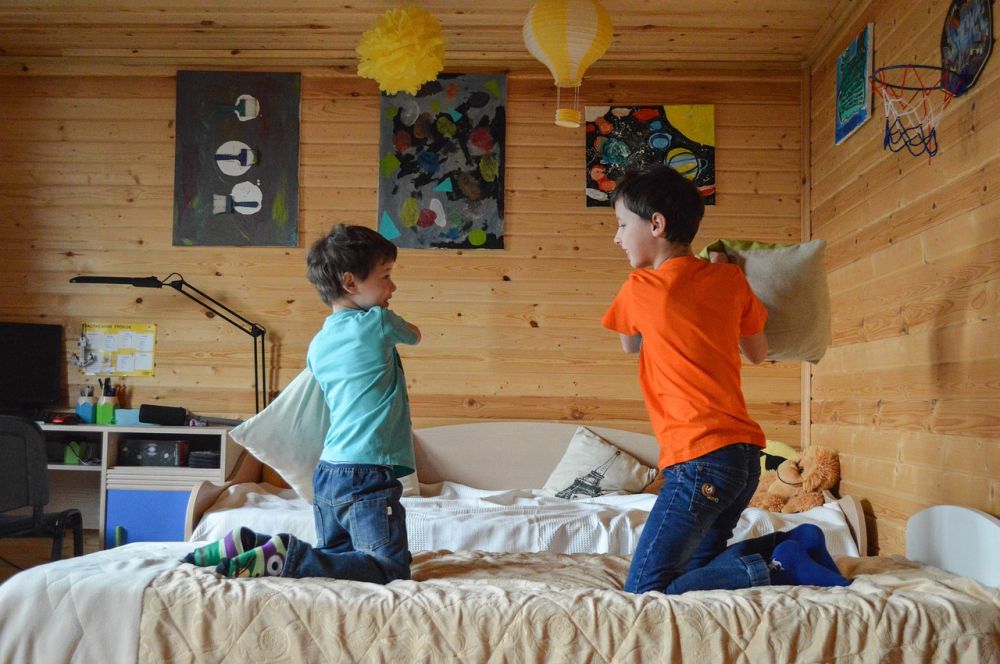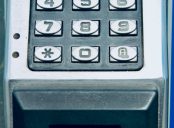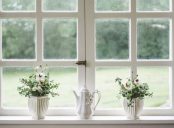IKEA Hacks for Kids Rooms – Unleash Creativity in Your Childs Space

Introduction:
Creating a functional and enjoyable space for your child can be an exciting task, and IKEA hacks for kids’ rooms offer a unique way to personalize their environment. In this article, we will explore the world of IKEA hacks for kids’ rooms, including what they are, various types, popular options, and quantitative measurements of their impact. Additionally, we will discuss the differences between different IKEA hacks and provide a historical overview of their advantages and disadvantages.
I. An Overview of IKEA Hacks for Kids’ Rooms

IKEA hacks for kids’ rooms refer to the practice of customizing and repurposing IKEA furniture and accessories to suit specific needs and aesthetics. This creative approach allows parents to create unique and personalized spaces that reflect their child’s personality, interests, and preferences. By combining affordable IKEA products with creativity and DIY skills, parents can transform ordinary furniture into extraordinary pieces, resulting in a functional and stylish kids’ room.
II. Understanding IKEA Hacks for Kids’ Rooms
1. Types of IKEA Hacks for Kids’ Rooms
– Storage Solutions: Utilizing IKEA shelves, bins, and bookcases to create ample storage space for toys, books, and clothing.
– Play Areas: Converting an IKEA table or corner into a play zone with chalkboard paint, Lego mats, or train tracks.
– Bed Transformations: Using IKEA beds as a base, hack enthusiasts can add tents, canopies, or even create custom bunk beds.
– Study Zones: Modifying IKEA desks or tables to create organized and inspiring study areas with added storage options.
2. Popular IKEA Hacks for Kids’ Rooms
– The KURA Bed Hack: Transforming the KURA bed into a personalized fortress, loft, or even a cozy cabin.
– The FLISAT Toy Storage Hack: Customizing the FLISAT toy storage bench with additional compartments or adding wheels for mobility.
– The LATT Table and Chair Hack: Painting or adding decals to the LATT table and chairs to create a personalized dining or play area.
– The STUVA Storage Hack: Utilizing the STUVA system to create a multifunctional storage solution with shelves, drawers, and even a workspace.
III. Quantitative Measurements of IKEA Hacks for Kids’ Rooms
Quantitative measurements provide insights into the impact of IKEA hacks for kids’ rooms. Surveys and research have shown:
– Increased organization: IKEA hacks improve storage space utilization, resulting in more organized rooms.
– Enhanced creativity: These hacks encourage imaginative play and spark creativity in children.
– Improved functionality: By repurposing furniture, IKEA hacks serve multiple purposes and optimize space.
– Cost-effectiveness: DIY IKEA hacks can be more affordable compared to buying specialized furniture.
– Parent-child bonding: Engaging in DIY projects strengthens relationships and creates lasting memories.
IV. Exploring the Differences between Various IKEA Hacks for Kids’ Rooms
Each IKEA hack for kids’ rooms is unique and reflects different preferences and priorities. Differences can be seen in:
– Design styles: From minimalist and Scandinavian-inspired to vibrant and whimsical, IKEA hacks cater to a range of design preferences.
– Complexity: Hacks can vary in difficulty levels, from simple modifications to intricate renovations requiring advanced DIY skills.
– Customizability: Some hacks offer more opportunities for customization, allowing parents to tailor the room to their child’s individuality.
V. Historical Overview of the Pros and Cons of IKEA Hacks for Kids’ Rooms
IKEA hacks for kids’ rooms have evolved over time, experiencing both advantages and disadvantages:
– Pro: Affordability and accessibility of IKEA products.
– Pro: Creative freedom to personalize the space according to the child’s interests.
– Con: Time-consuming nature of DIY projects, particularly for complex hacks.
– Con: Limited durability of some hacked pieces compared to specialized furniture.
Conclusion:
IKEA hacks for kids’ rooms offer an excellent opportunity for parents to unleash creativity and create personalized spaces for their children. With a wide range of options, parents can transform affordable IKEA furniture into unique pieces that cater to their child’s needs and interests. The quantitative measurements and historical overview provided in this article highlight the positive impact and challenges associated with IKEA hacks for kids’ rooms. Embrace the world of IKEA hacking and give your child’s room a touch of personality and charm.





















